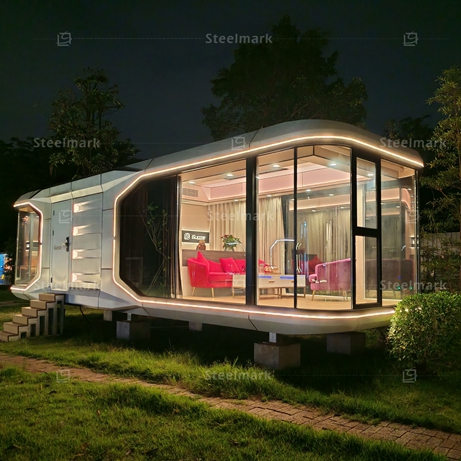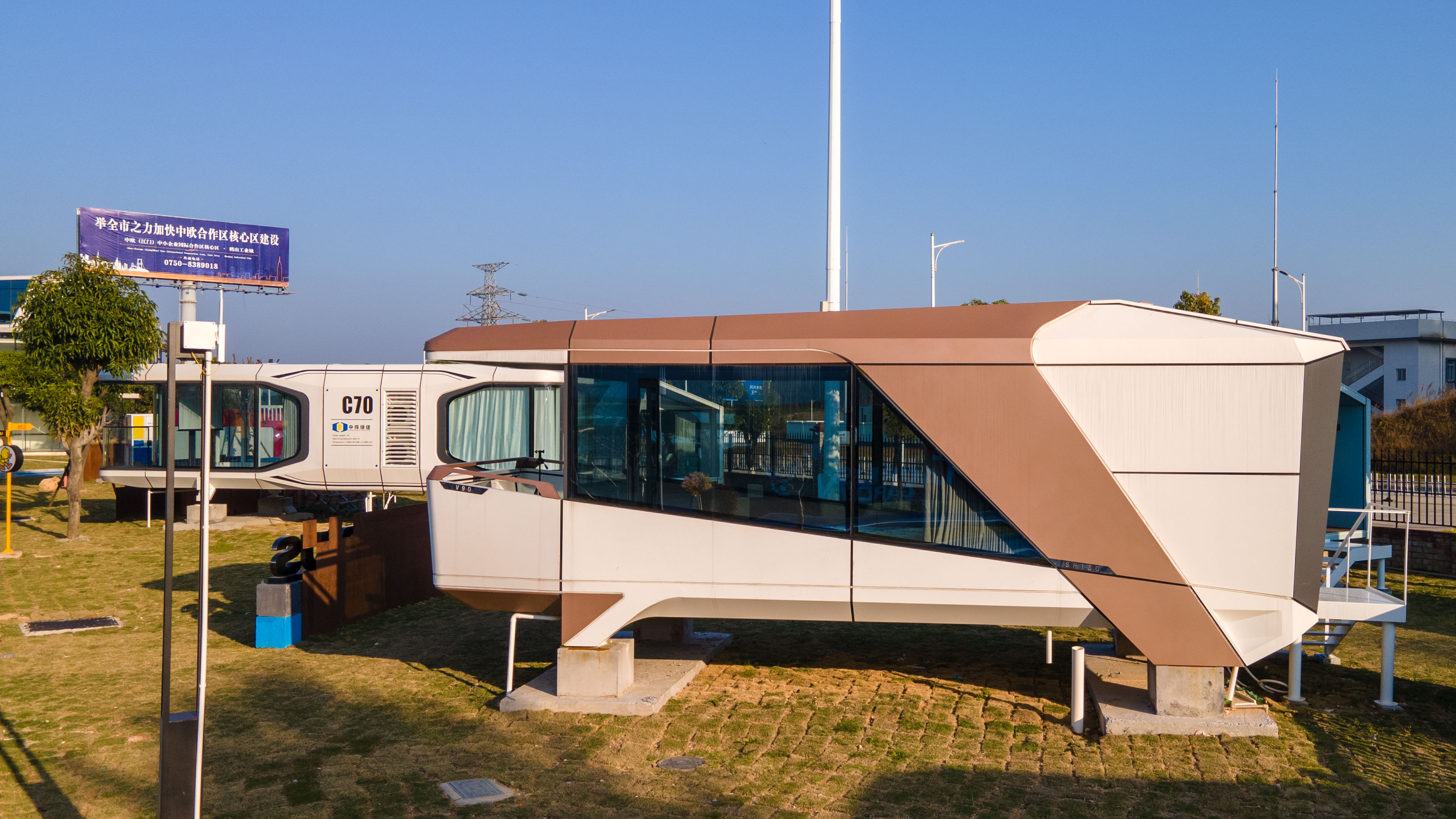Easy Homebuilding With Modern Modular Home Styles

Benefits of Modular Home Layouts
Modular home styles offer countless advantages that make them an attractive choice for numerous house owners. Among the main advantages is cost-effectiveness. Due to the fact that modular homes are constructed in a factory setting, contractors can enhance the process, lowering labor and material costs, which usually translates to reduce prices for customers.
Additionally, modular homes are recognized for their rate of building. pod homes. The regulated environment of a factory permits efficient assembly, allowing property owners to move into their new residence much sooner than conventional building approaches would allow
Power effectiveness is another considerable advantage. Lots of modular homes are designed with lasting products and energy-efficient systems, causing reduced utility costs and a lowered environmental footprint.
In addition, modular styles supply a high level of personalization. Homeowners can usually choose from different designs, materials, and finishes, making certain that their home meets personal preferences and way of life demands.
Last but not least, modular homes are constructed to fulfill strenuous structure codes and standards, making certain resilience and safety. On the whole, the combination of price, speed, customization, performance, and top quality makes modular home designs an eye-catching option for a broad range of buyers.
The Modular Construction Refine
The modular building procedure includes a methodical technique that significantly differs from conventional building approaches. Each module is built with the exact same products and criteria as a site-built home, including insulation, electrical wiring, and pipes systems.
As the modules are built, the website prep work can happen all at once, consisting of structure work and energy installations. This parallel procedure greatly reduces the general timeline for conclusion. Once the components are prepared, they are delivered to the structure website, where they are craned into position and firmly collaborated.
The lasts include completing touches, such as exterior siding, roof, and indoor detailing. This structured approach not only minimizes construction waste however additionally enhances energy effectiveness with well-coordinated building techniques. Generally, the modular construction process offers a faster, affordable, and eco friendlier option to traditional home structure.
Modification Options Available
Exploring modification choices in modular home layouts permits property owners to tailor their living spaces to their distinct choices and way of livings. One of one of the most enticing elements of modular homes is the adaptability they offer in layout and layout. House owners can pick from a selection of layout, varying from open-concept spaces to more standard layouts, making certain that the home fits their certain needs.
In addition to structural alterations, customization encompasses aesthetic elements. Homeowners can choose from a considerable palette of coatings, materials, and shades, including kitchen cabinetry, counter tops, floor covering, and exterior siding. This degree of customization makes it possible for citizens to develop a cohesive layout that reflects their individual design.
In addition, modular homes can integrate energy-efficient features and wise innovation options. House owners can go with photovoltaic panels, energy-efficient windows, and advanced heating and cooling systems, adding to both comfort and energy financial savings.
Lastly, many producers supply the possibility to add special aspects, such as integrated shelving, personalized closets, or exterior space. This detailed range of customization alternatives makes certain that modular home designs can be as functional and distinctive as the households who inhabit them.
Sustainability in Modular Residences
Sustainability is a vital factor to consider in contemporary home building, and modular homes are significantly designed with eco-friendly techniques in mind. These structures decrease waste via effective production procedures, as parts are made in a controlled environment (pod homes). This not only reduces the quantity of product thrown out during building and construction yet likewise lowers the carbon footprint connected with conventional building approaches
Modular homes frequently integrate lasting products, such as recovered timber, recycled metal, and low-VOC paints, which add to much healthier indoor air high quality. Furthermore, numerous styles incorporate energy-efficient systems, consisting of photovoltaic panels, advanced insulation, and high-performance windows, which lower power usage and utility prices over time.
The modular building and construction method likewise enables much better preparation of energy use and resource monitoring throughout the building lifecycle. By utilizing premade components, contractors can dramatically decrease transportation emissions, as materials are supplied wholesale to the website.
Additionally, the adaptability of modular homes enables for future upgrades, ensuring that homeowners can modify their living areas to consist of much more lasting modern technology as it appears. Overall, sustainability in modular homes stands for a forward-thinking strategy to ecologically responsible living.
Cost-Effectiveness of Modular Structure
Modular homes not just prioritize sustainability yet also supply considerable cost-effectiveness compared to standard building and construction techniques - pod homes. One of the primary financial advantages is the reduction in labor expenses. capsule houses Due to the fact that a considerable part of the building procedure happens in a regulated factory setting, labor performance is increased, causing reduced overall expenditures
In addition, making use of standard materials and styles reduces waste, resulting in cost savings that can be passed on to customers. The time savings linked with modular construction likewise add to its price; jobs can be completed in a portion of the time it takes for conventional builds, permitting property owners to relocate earlier and start benefiting from their financial investment.
Moreover, modular homes commonly incorporate energy-efficient functions, which can result in lowered utility expenses over time, further improving their cost-effectiveness. Financing options for modular homes are also ending up being more positive, with many lenders identifying their value and stability.
Final Thought
To conclude, modern modular home layouts present a transformative technique to homebuilding, defined by effectiveness, sustainability, and customization. The streamlined construction process boosts high quality and adherence to structure codes while using home owners the possibility to customize their space. In addition, the consolidation of energy-efficient systems dramatically minimizes utility expenses and environmental influence. Inevitably, modular homes stand for a forward-thinking remedy that resolves modern real estate needs and promotes an extra sustainable future in residential construction.
